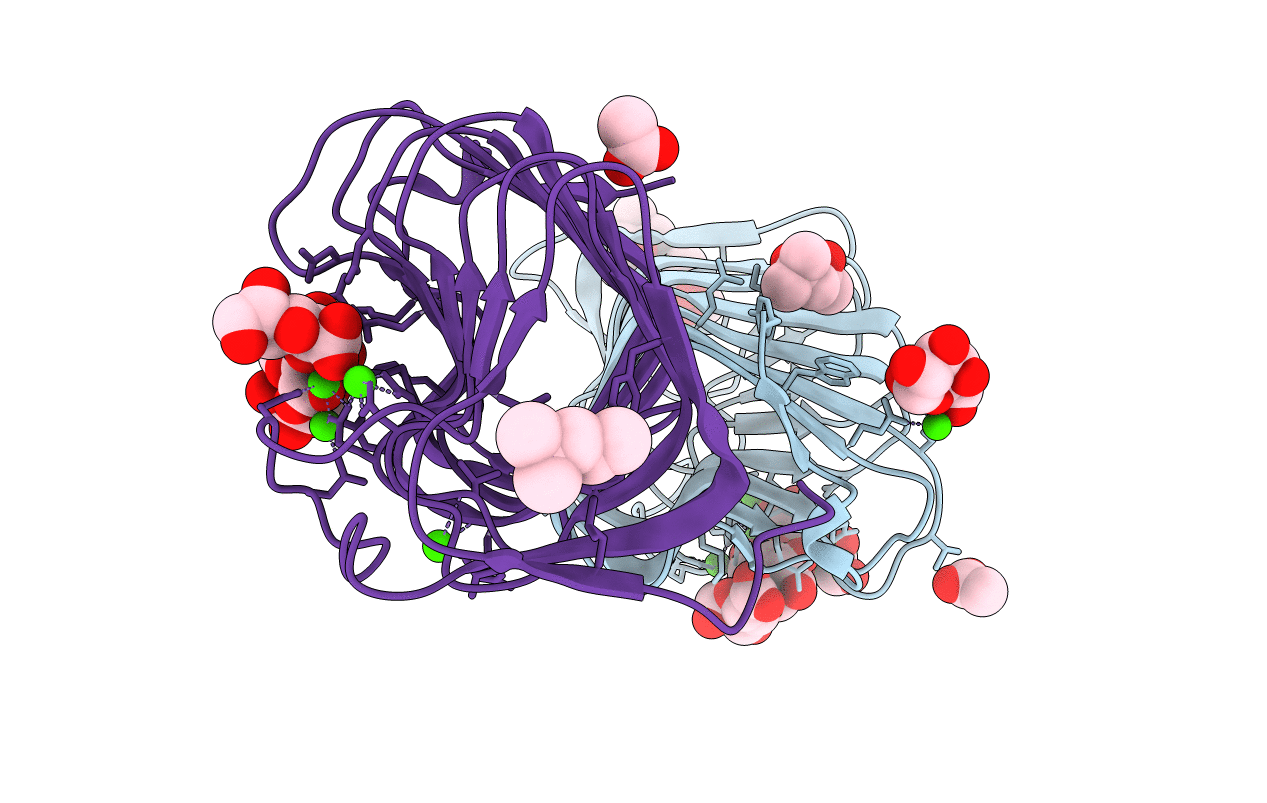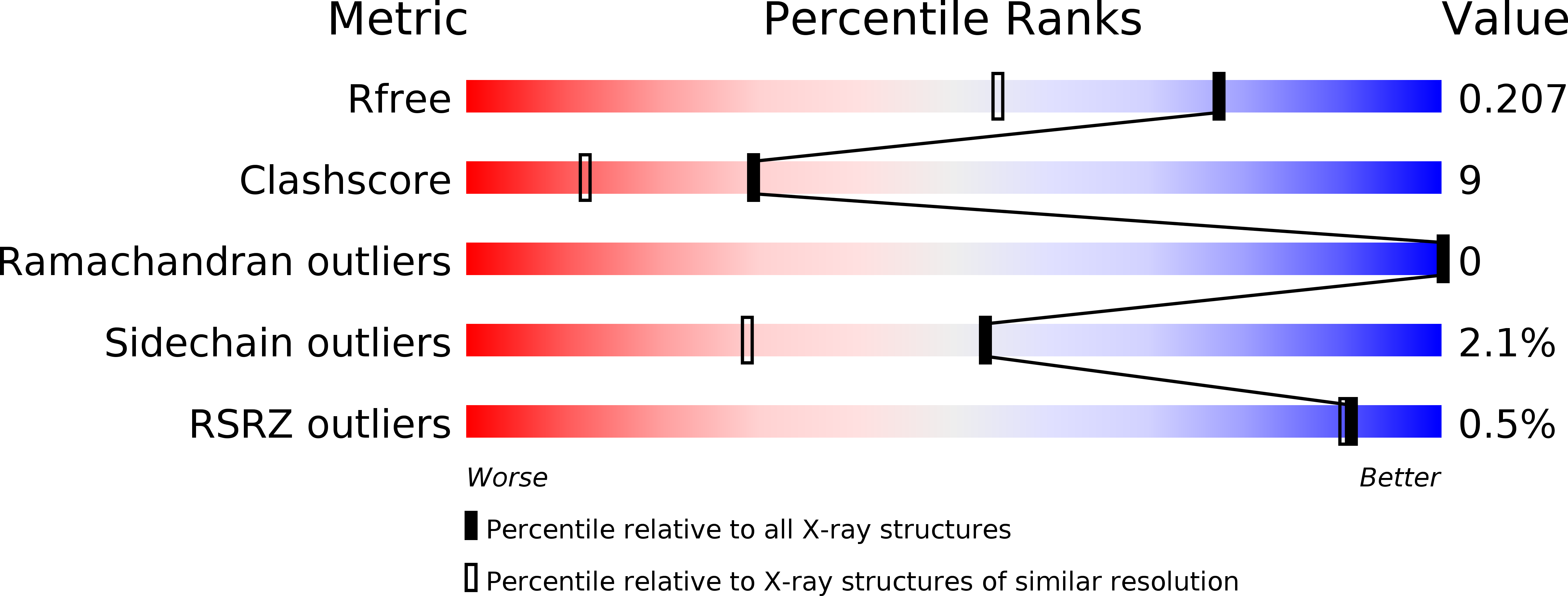
Deposition Date
2012-04-26
Release Date
2013-03-20
Last Version Date
2023-09-13
Entry Detail
Biological Source:
Source Organism:
Caldicellulosiruptor bescii (Taxon ID: 521460)
Host Organism:
Method Details:
Experimental Method:
Resolution:
1.60 Å
R-Value Free:
0.20
R-Value Work:
0.16
R-Value Observed:
0.16
Space Group:
C 1 2 1


